Eagle River Falls
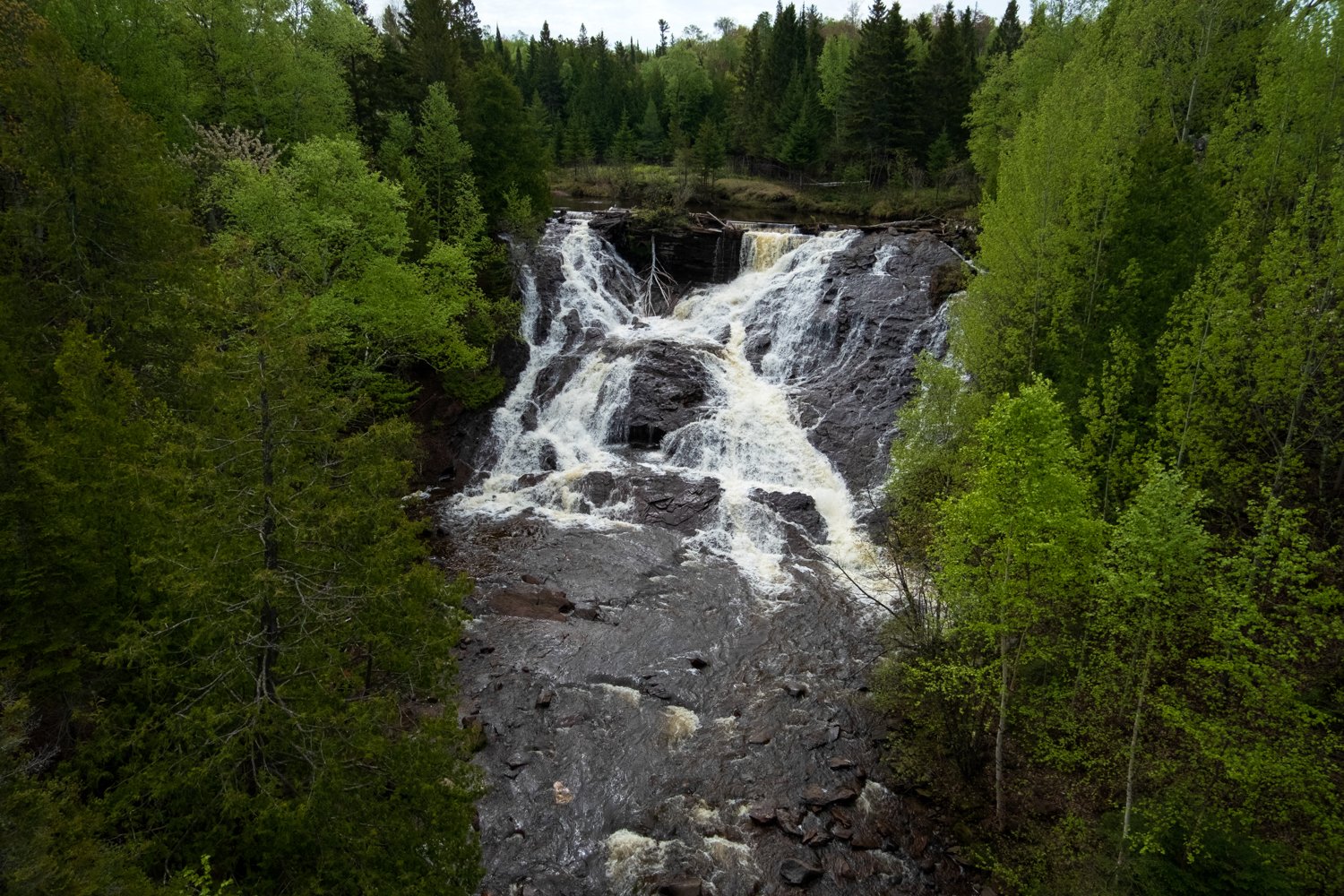
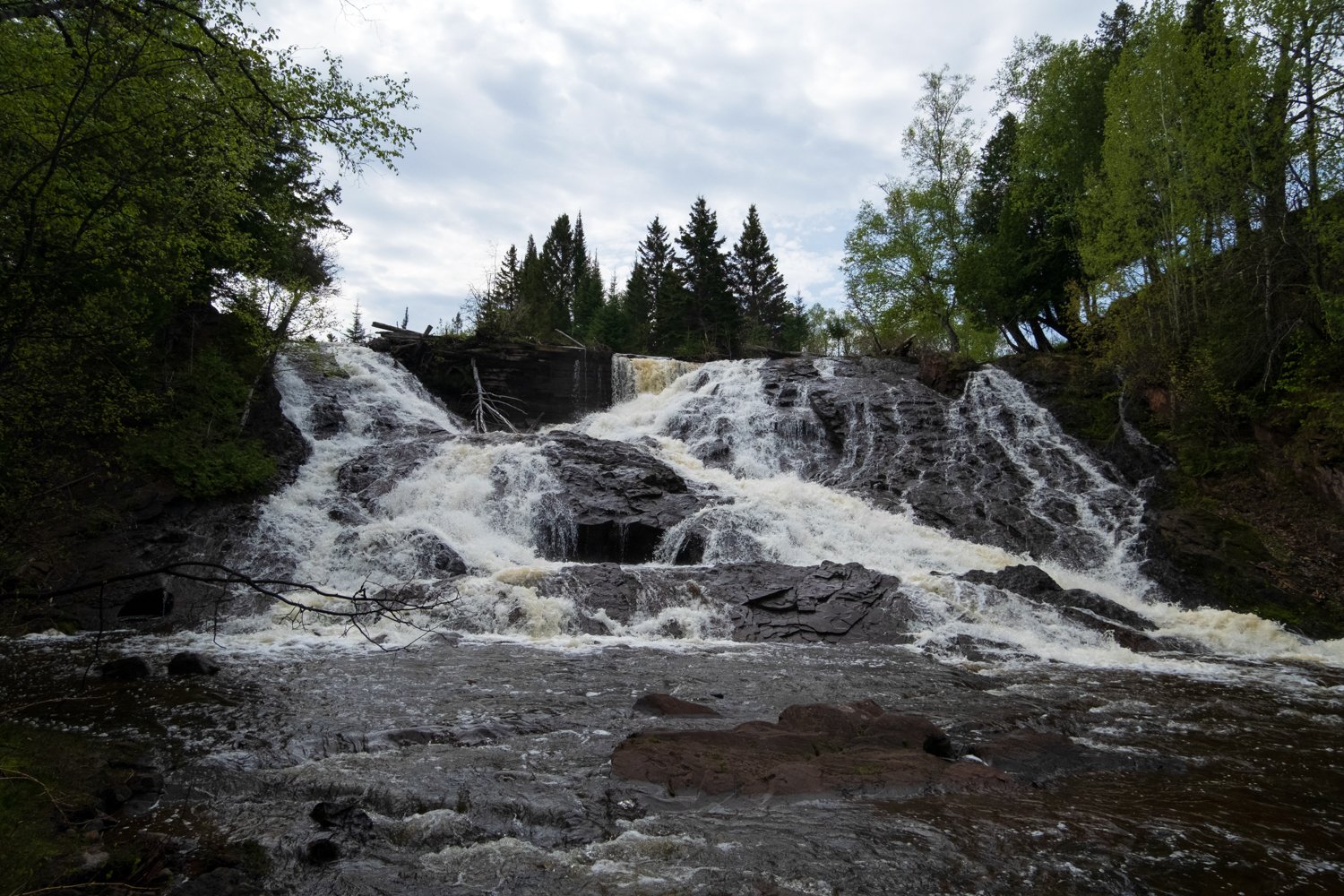
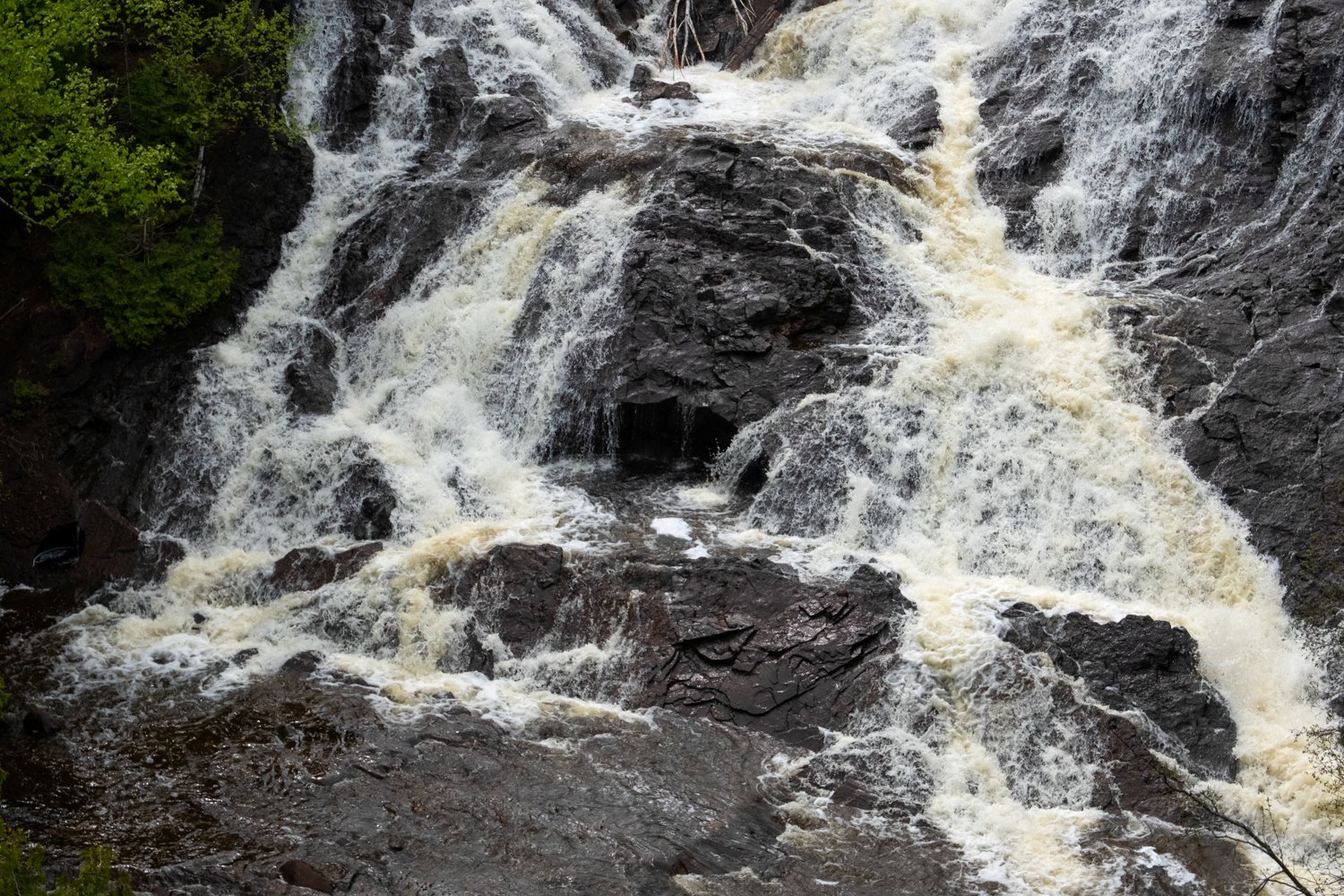
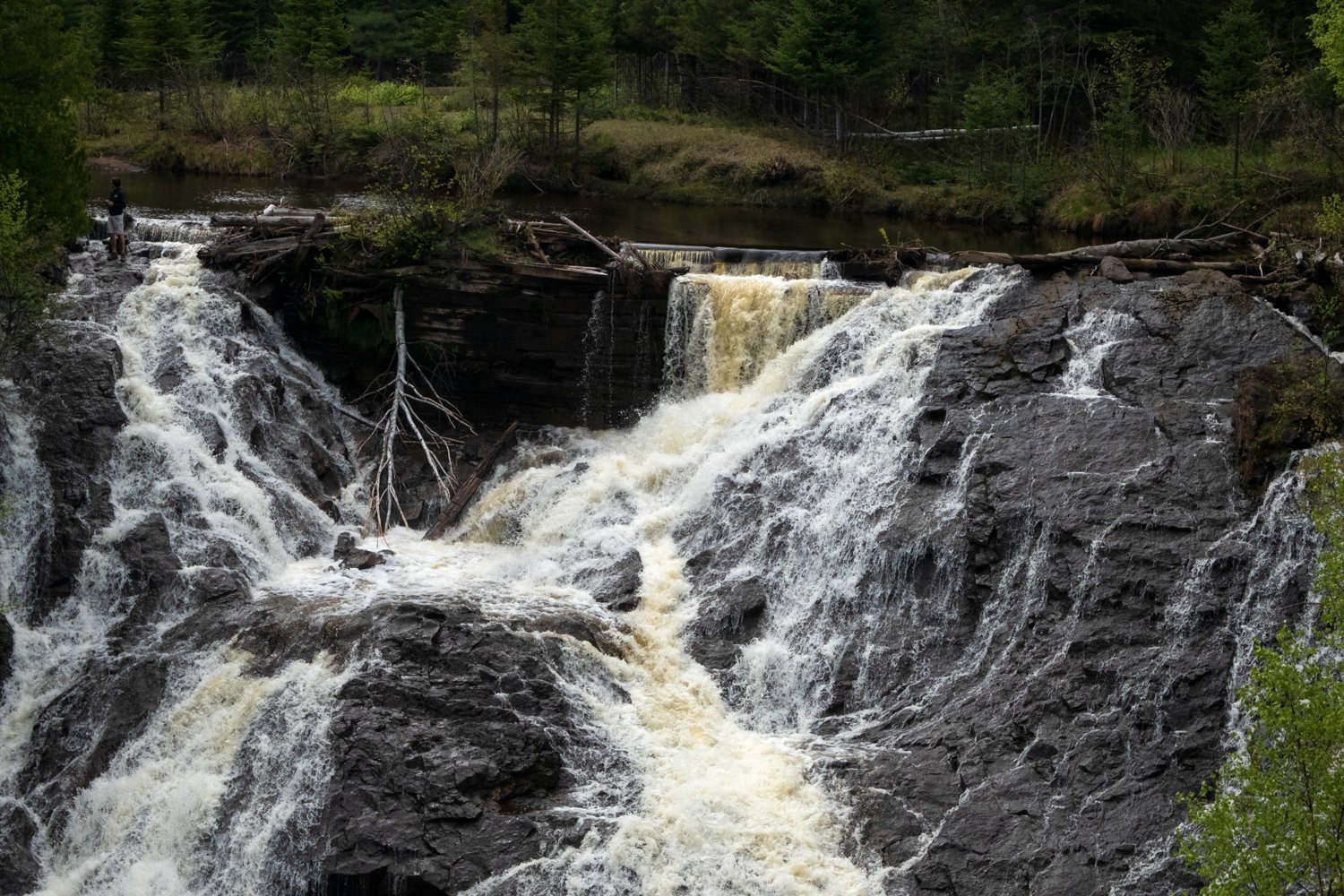
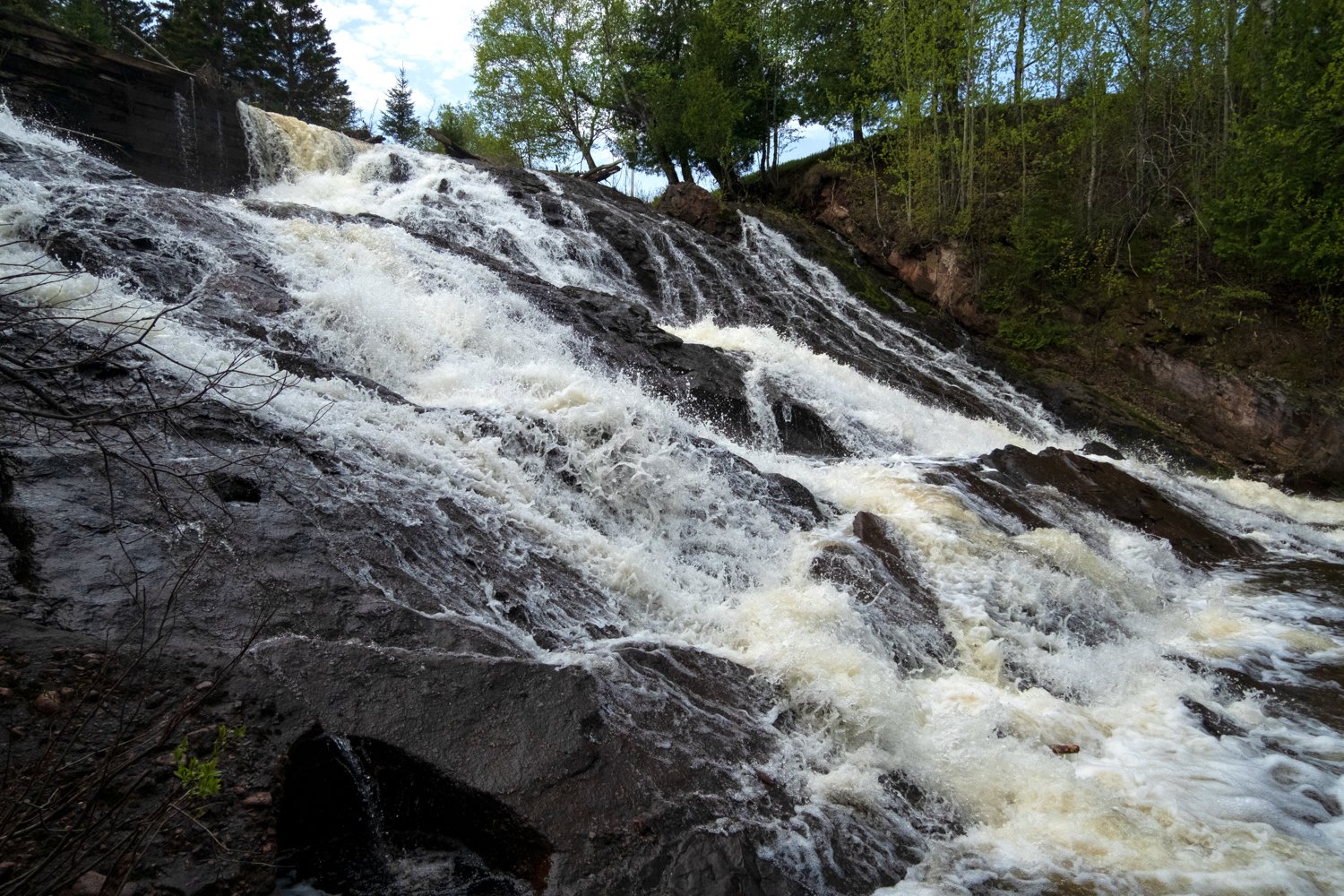
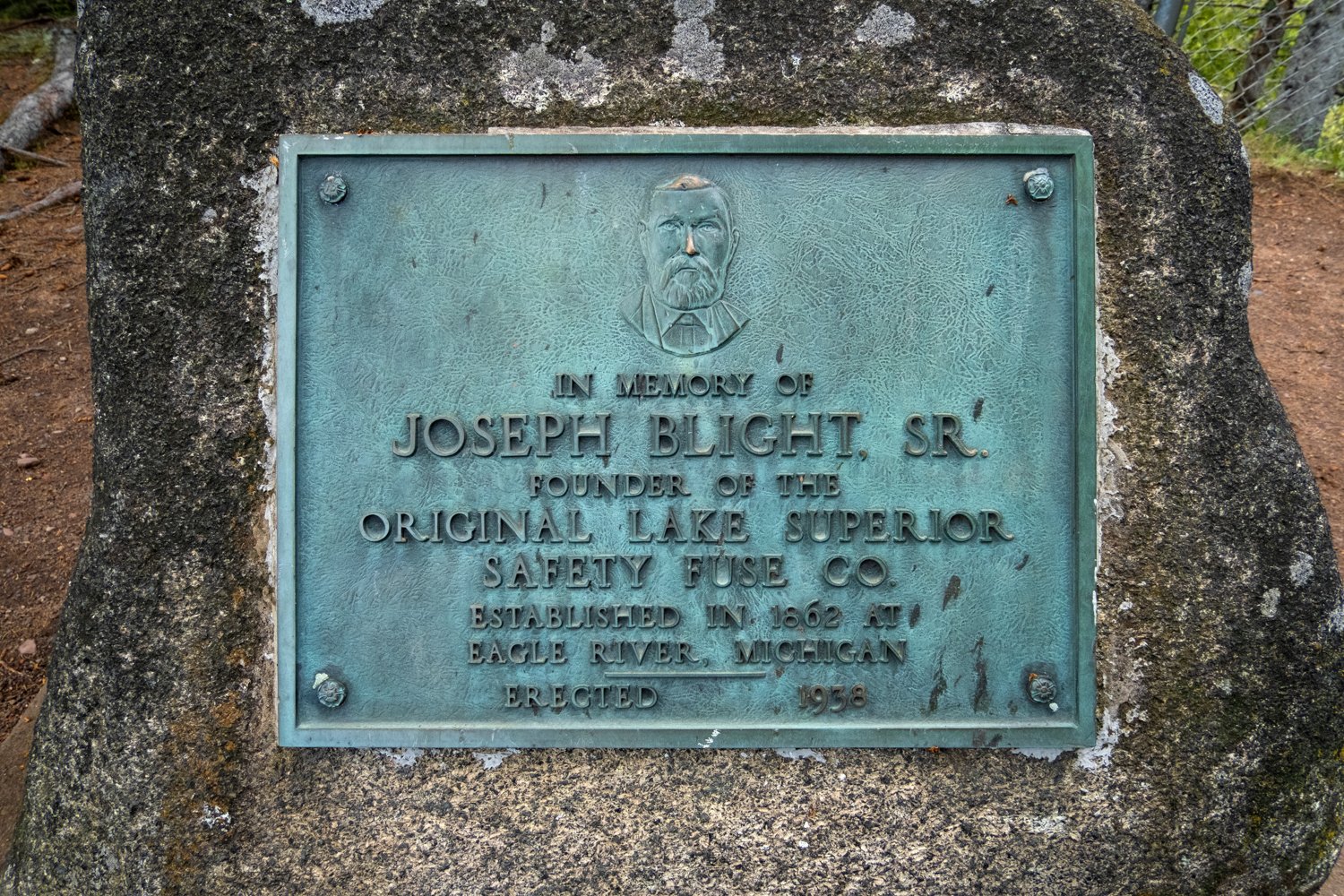
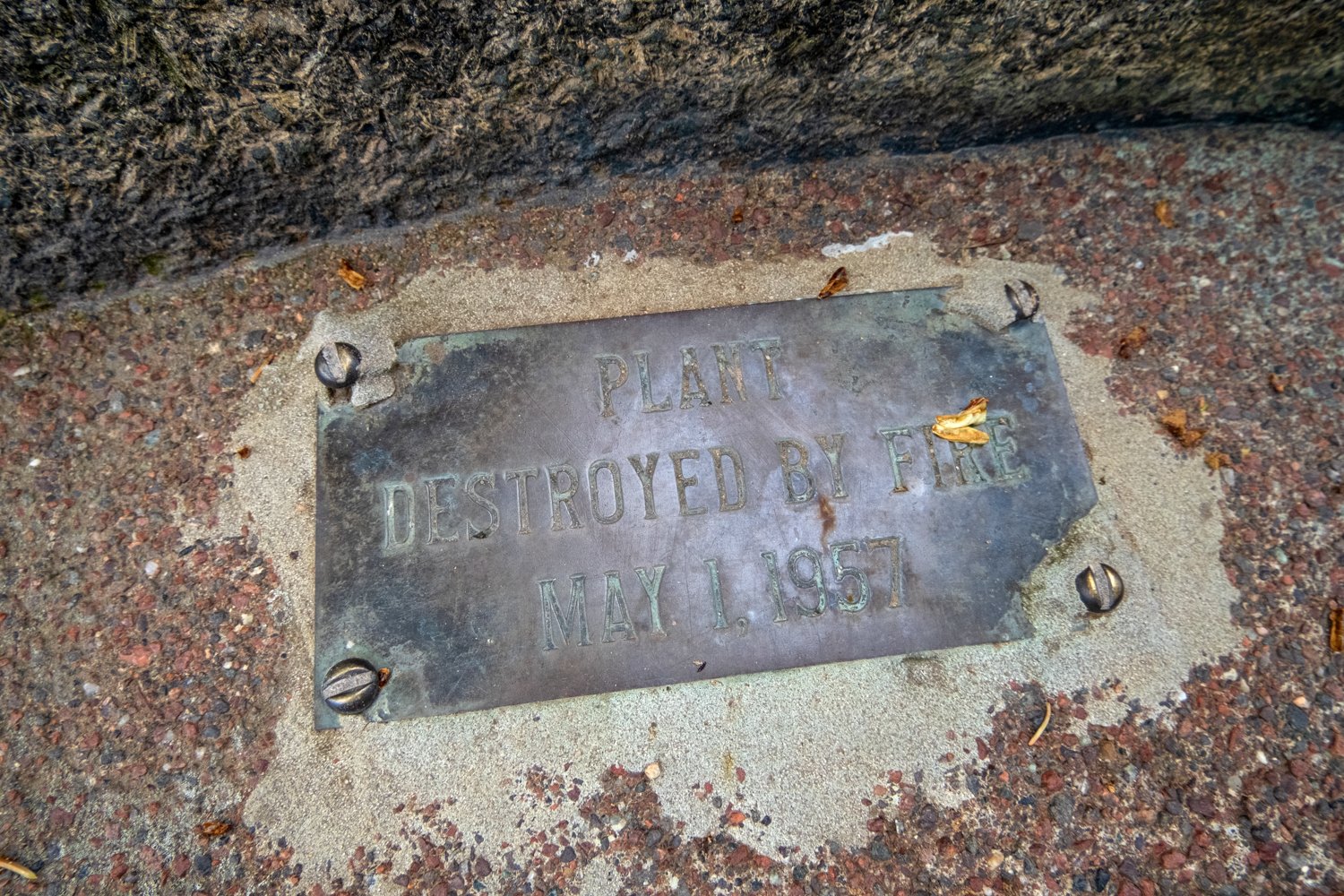
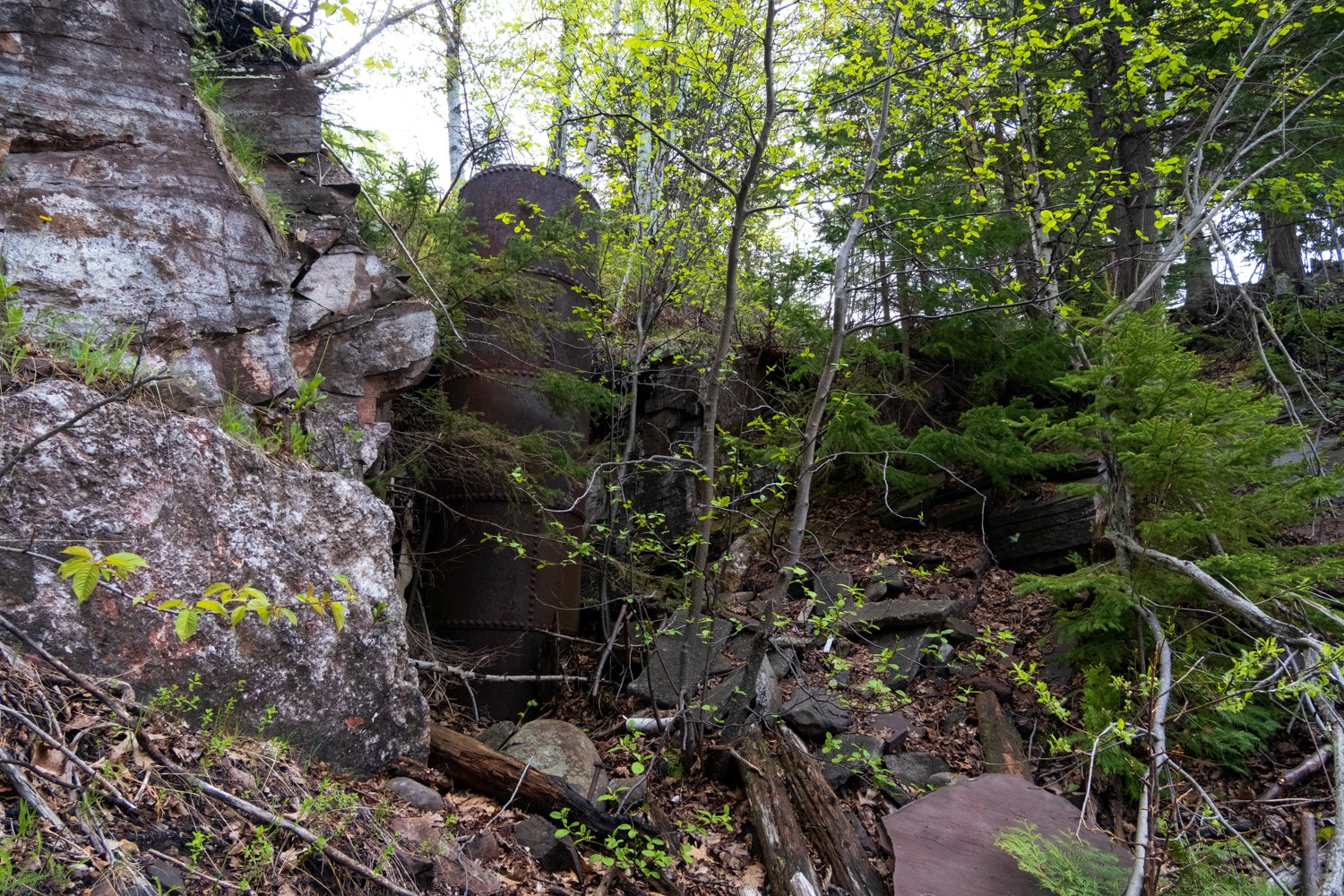
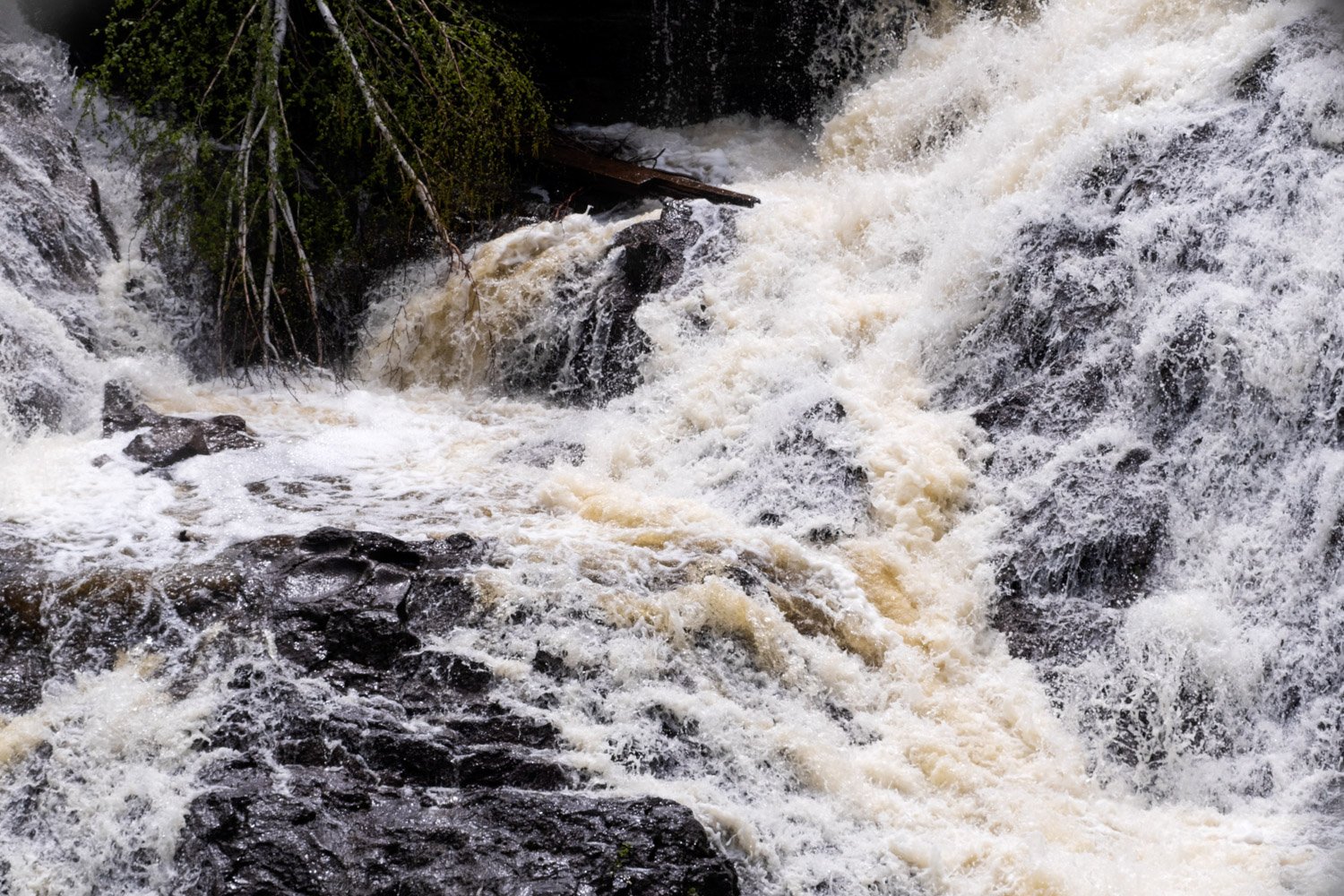

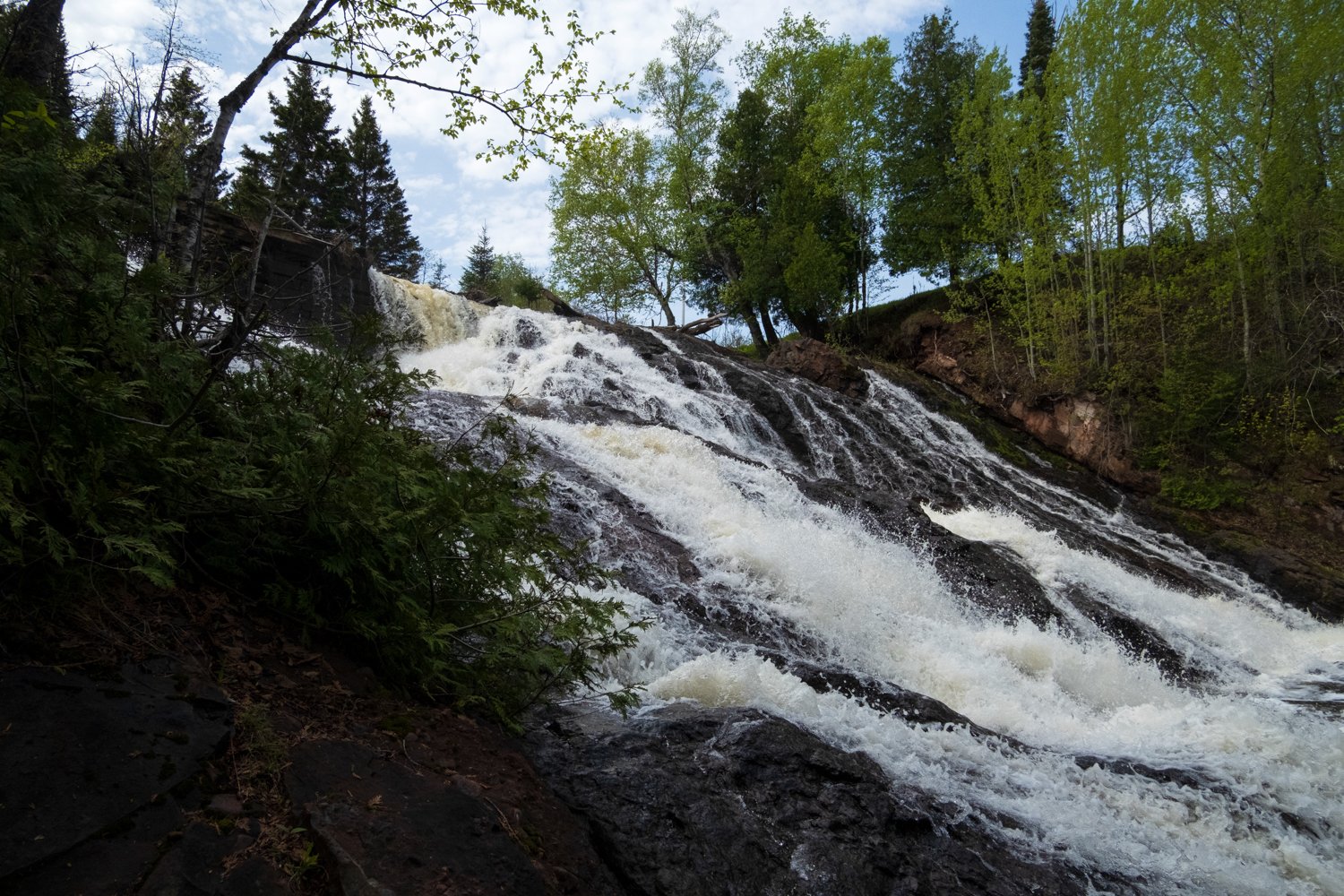
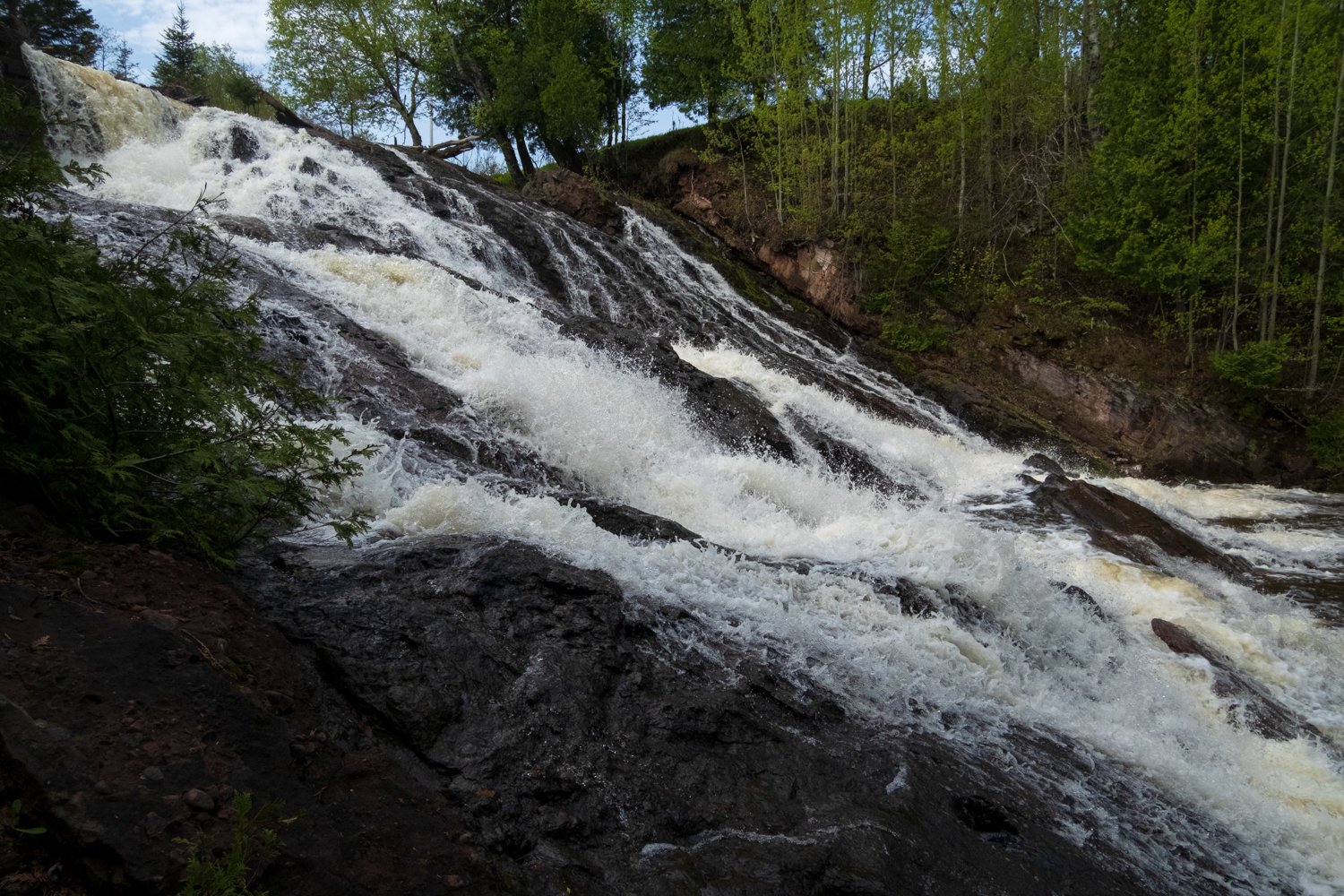
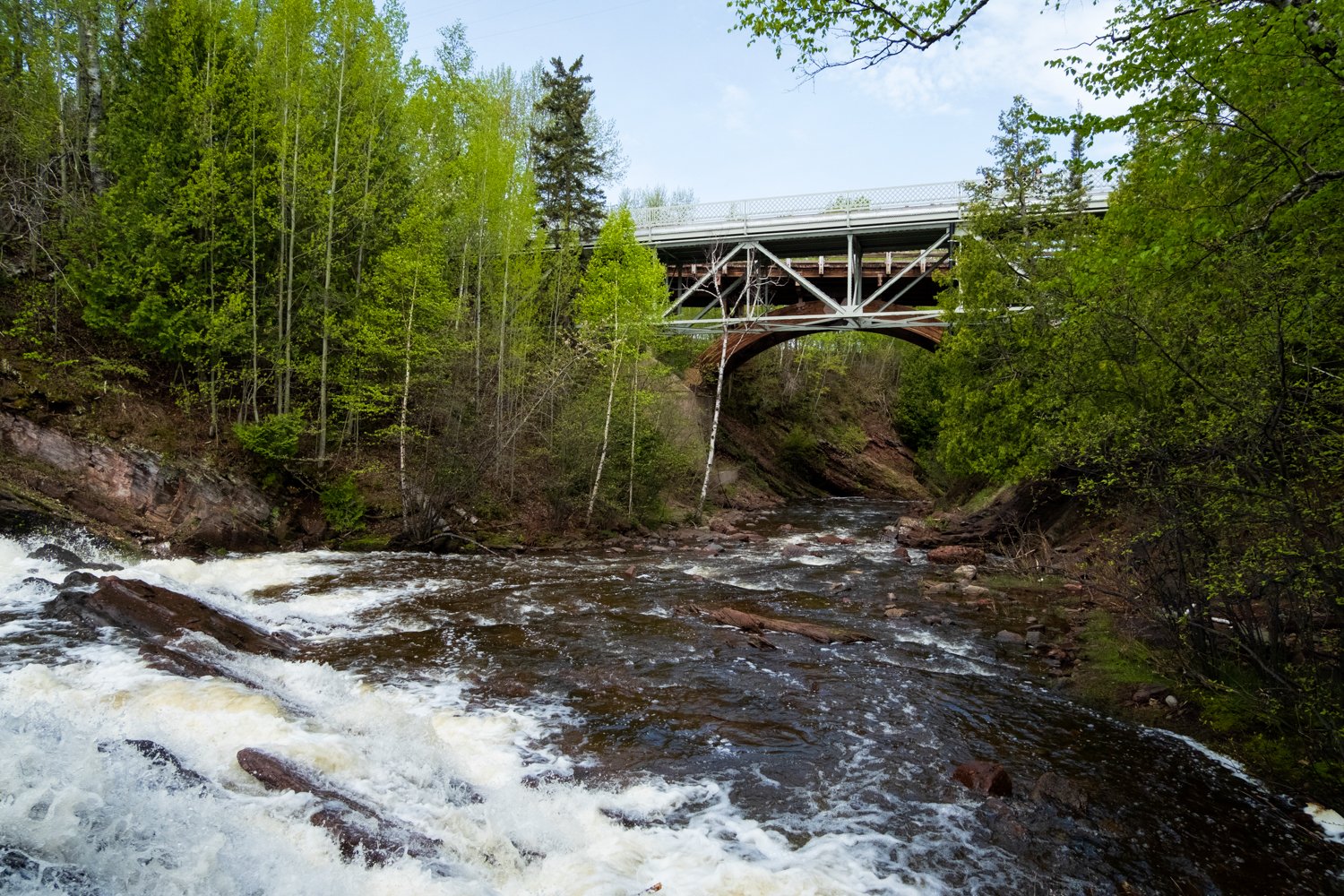
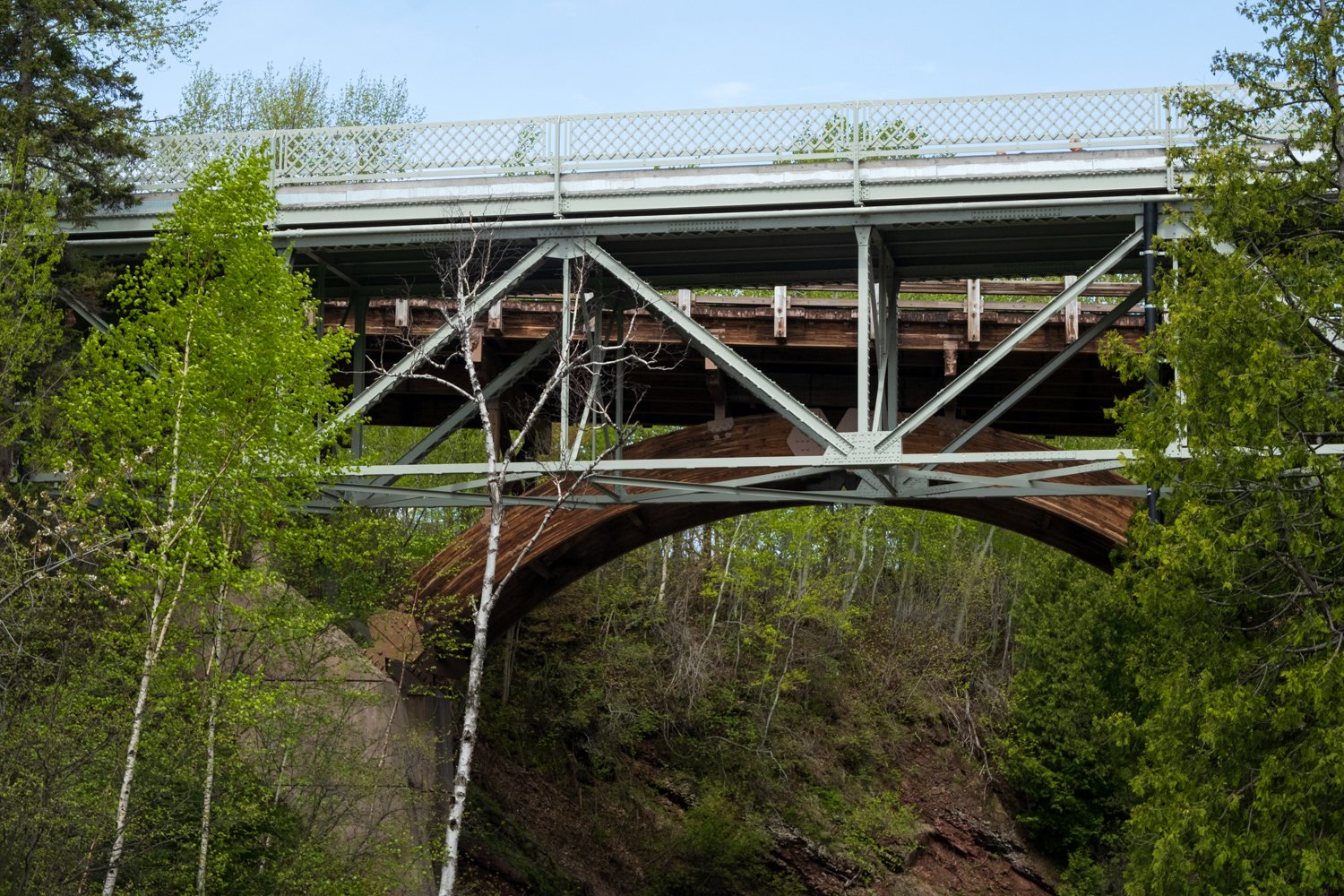
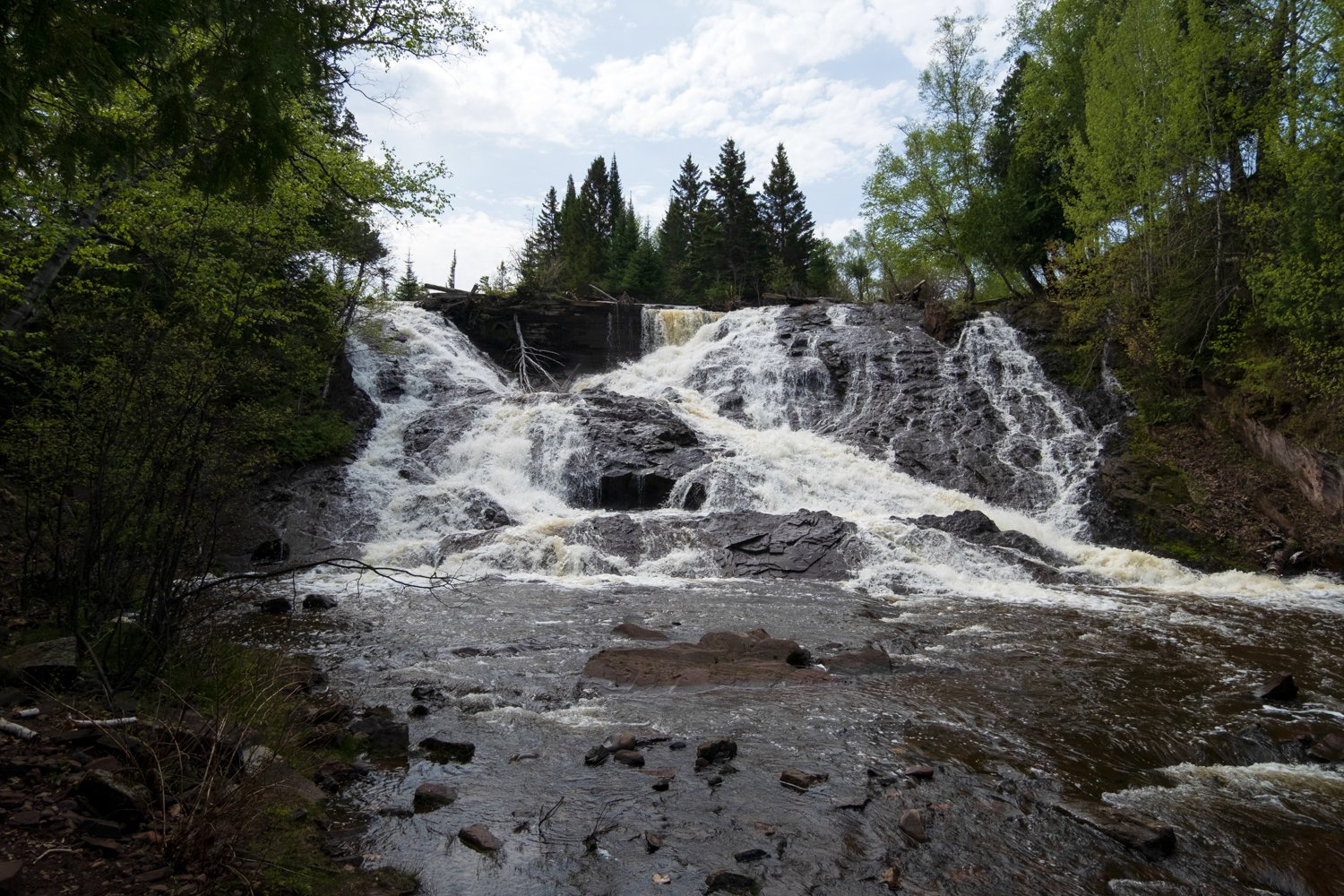
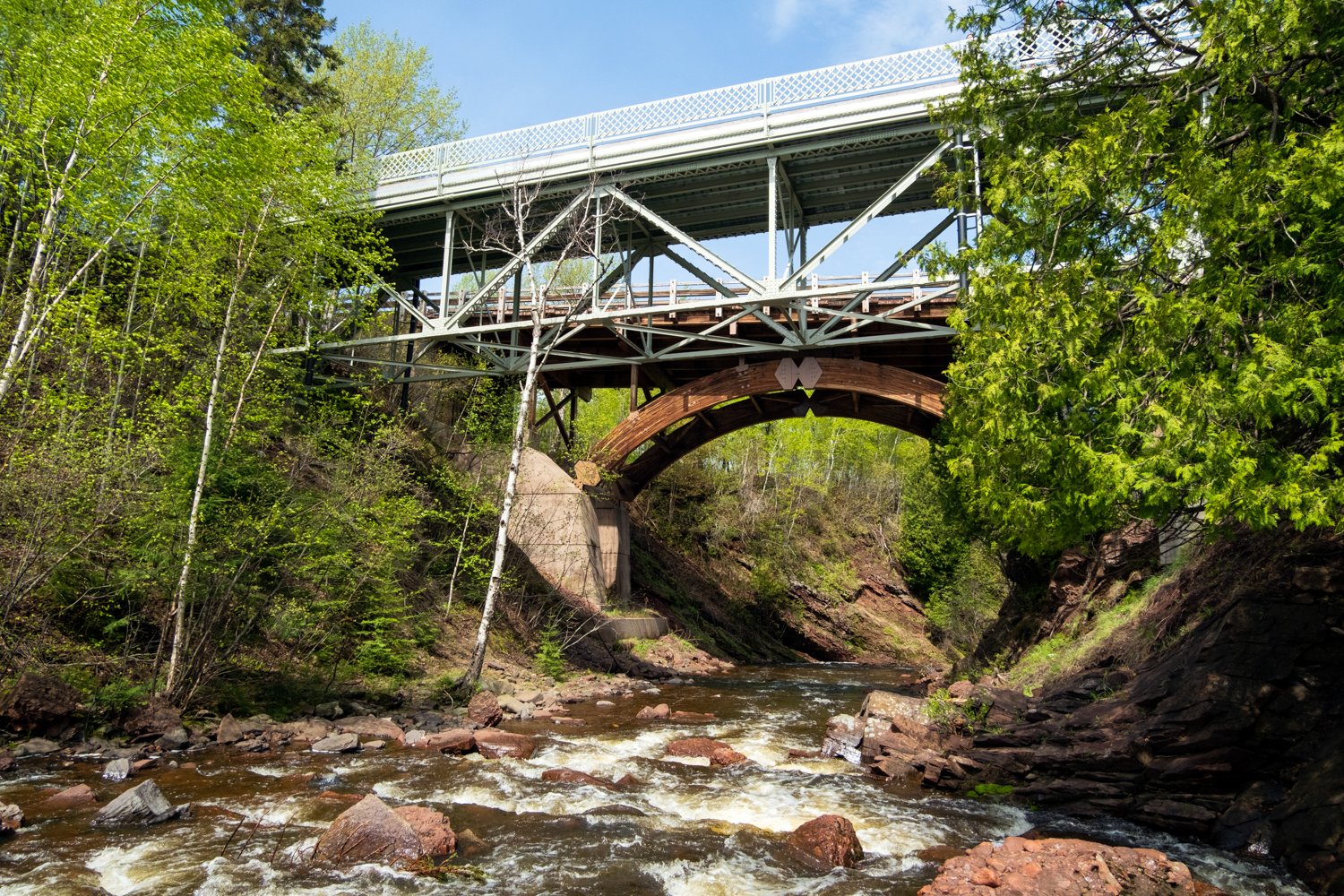
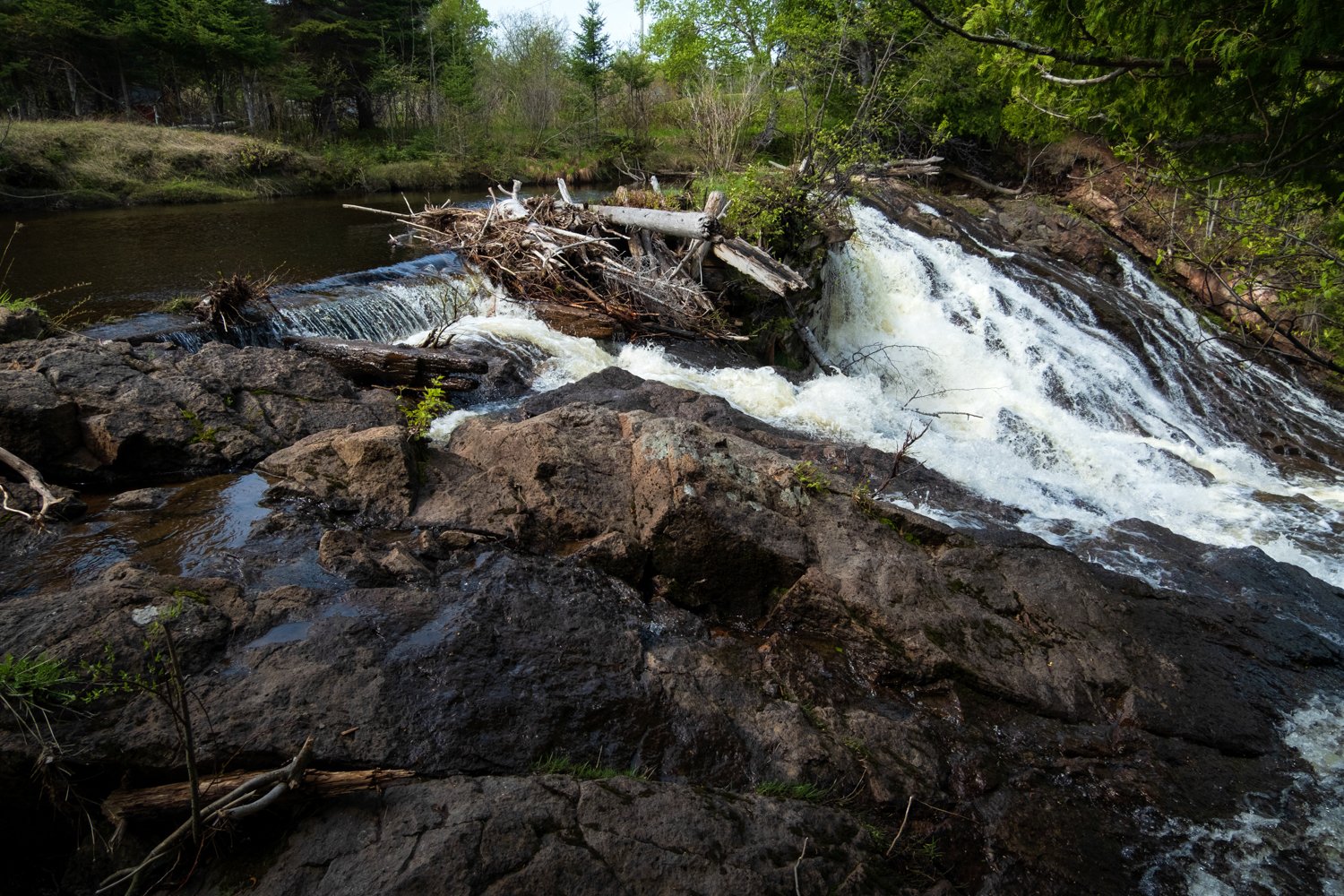
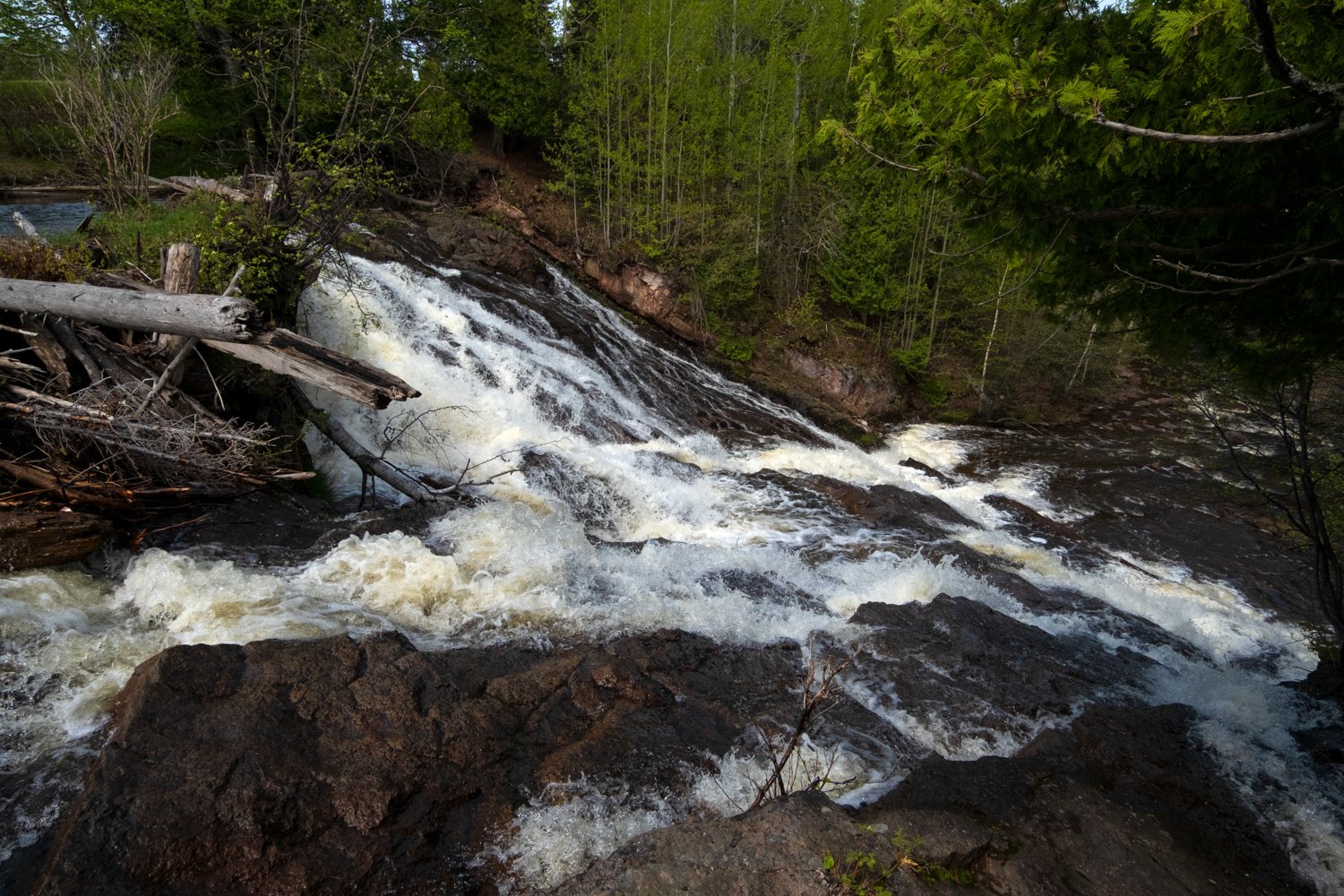
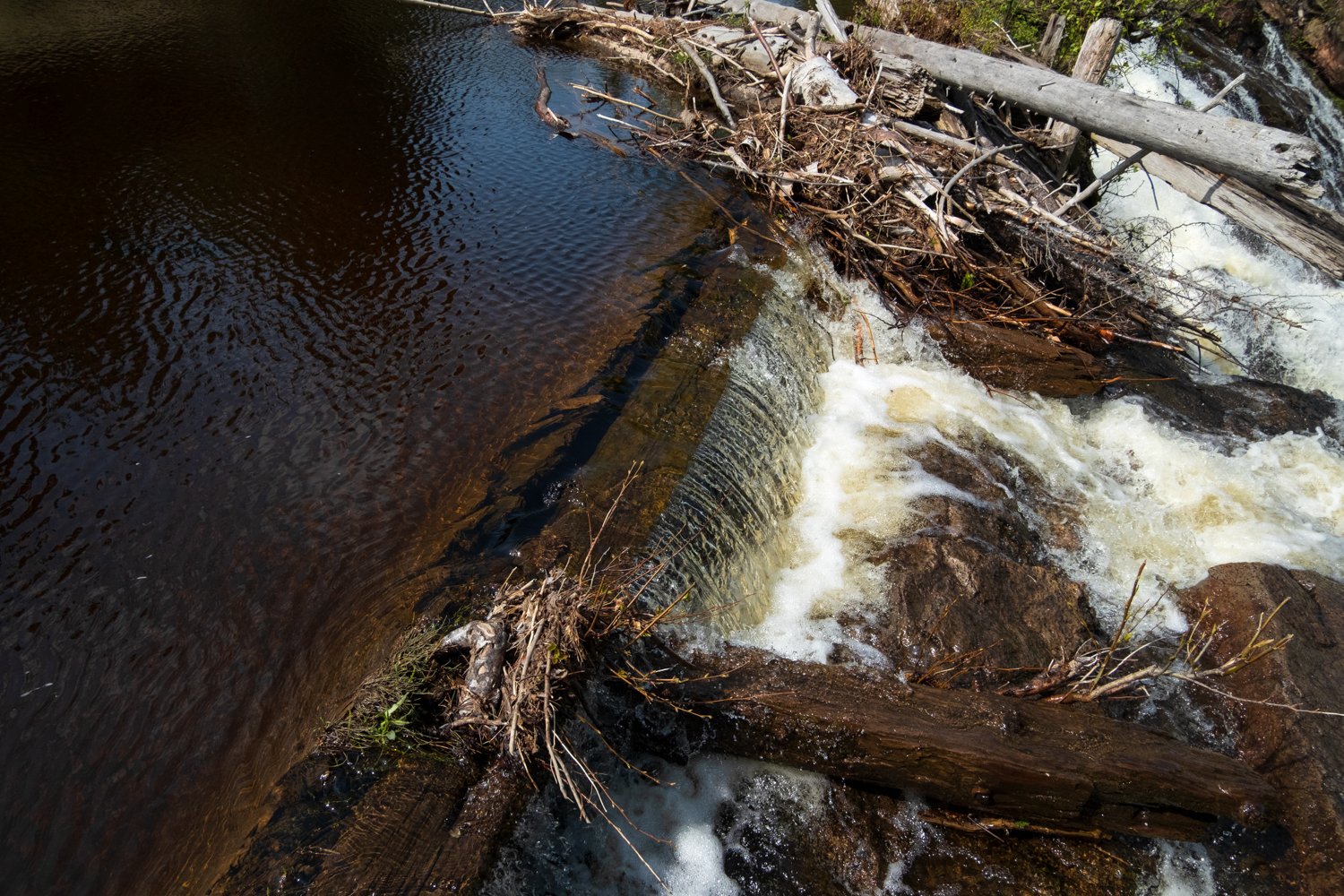
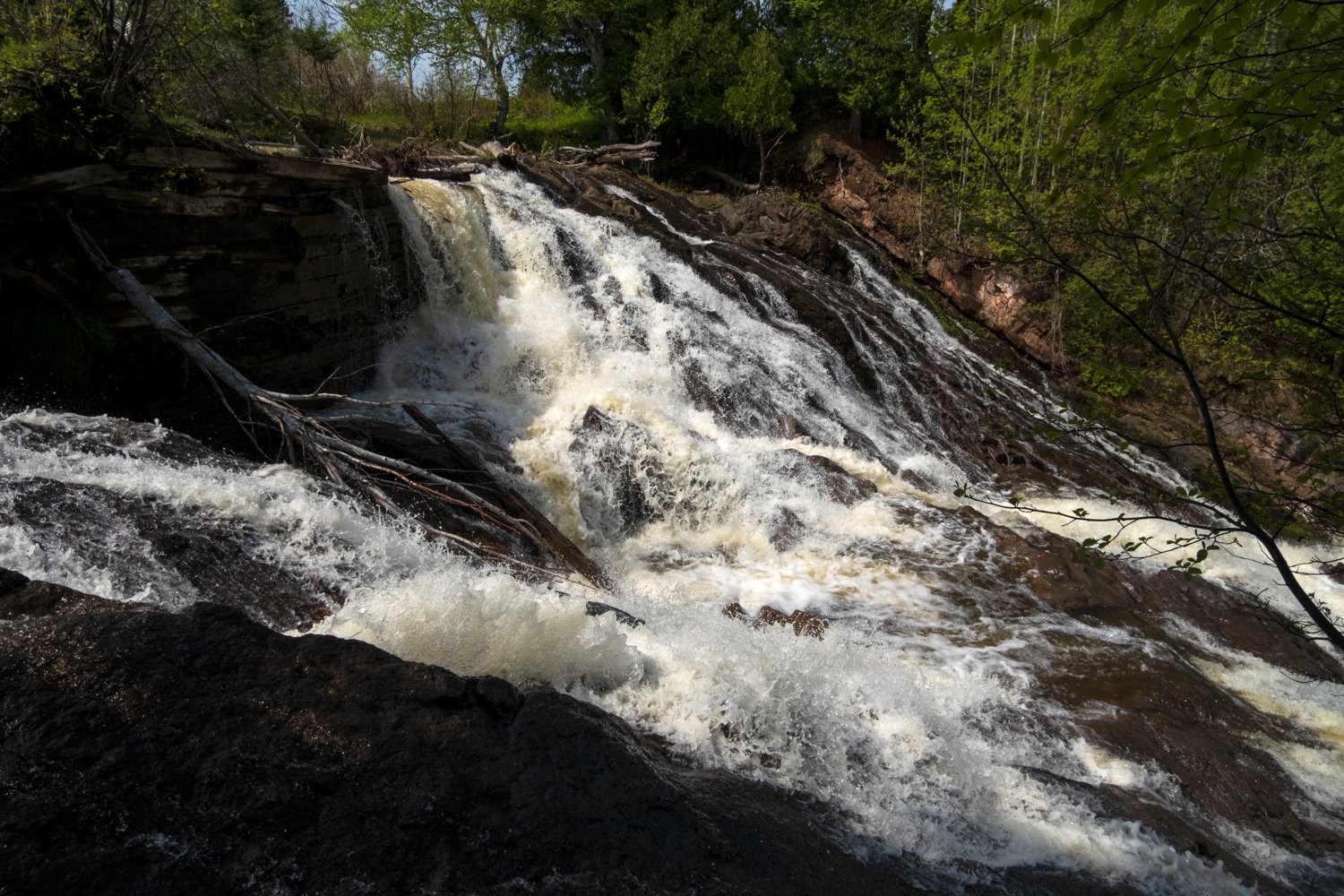
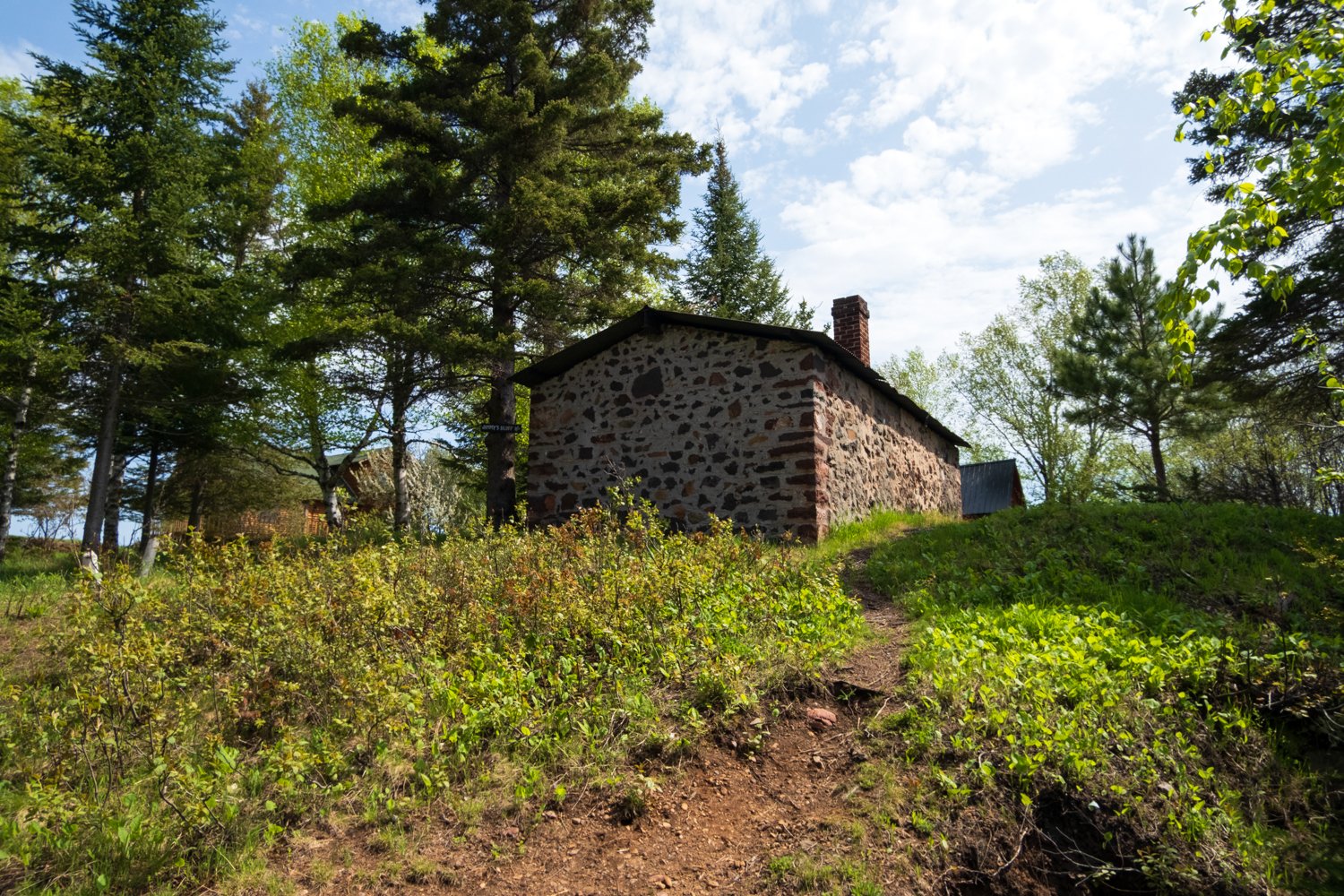
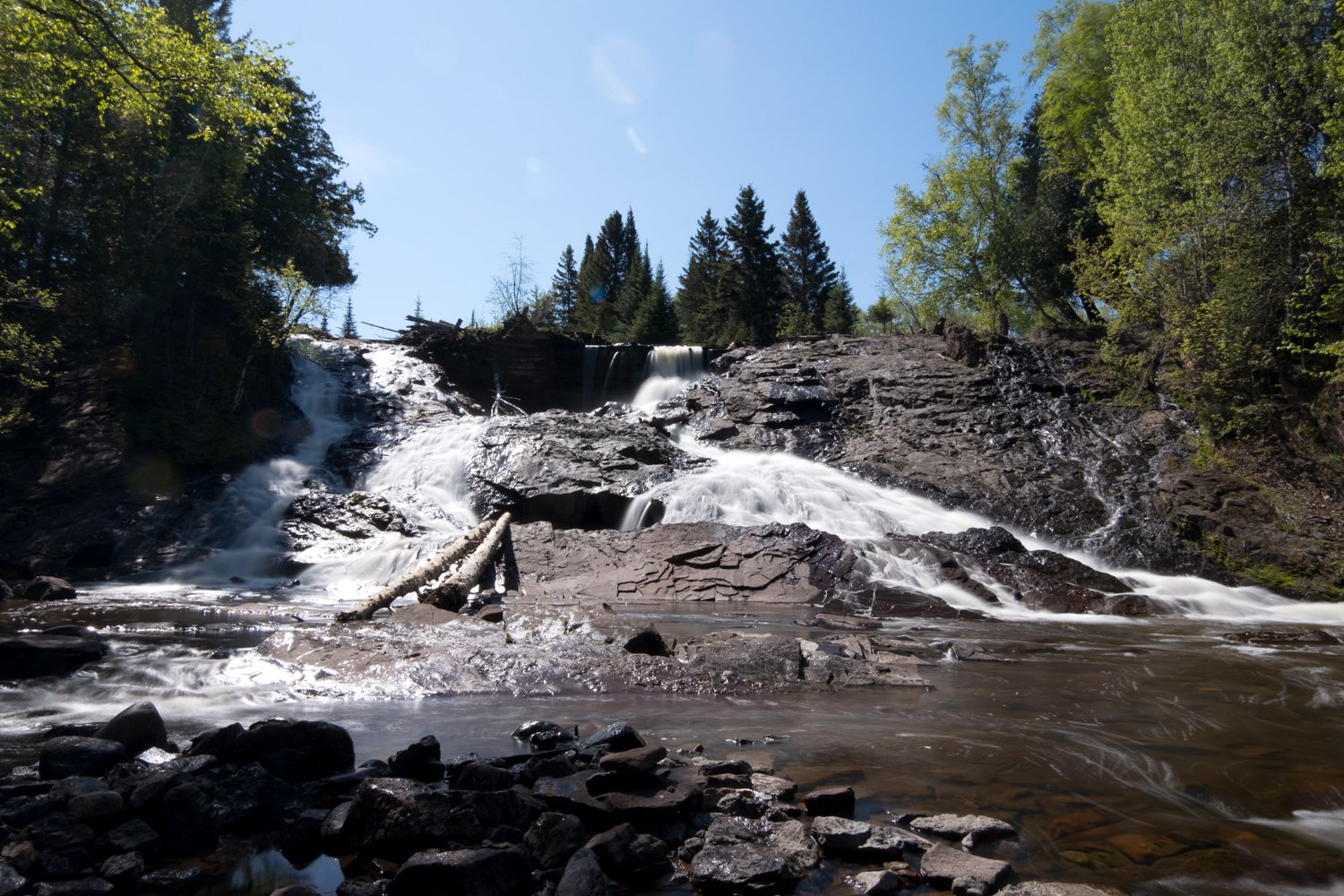
The community of Eagle River, now a small unincorporated community of under 100 residents, was once a bustling town with an active harbor. It was founded in 1843 and was named the county seat of Keweenaw County when it was organized in 1861 and broke away from Houghton County. Today, it’s the smallest community to hold such a title in the state of Michigan.
The Upper Peninsula’s first commercial copper mining began in 1844, just a few miles from Eagle Rive at the Phoenix Mine. A year later, the Cliff Mine (visible from Cliff Drive) opened less than 5 miles from Eagle River and would quickly become the first profitable copper mine in the Keweenaw Peninsula. Whereas larger mines like the Quincy Mine further south saw profits well into the 1900s, many early mines folded by the 1880s.
Although Eagle River never turned into much more than a copper boomtown, there are many remnants of the community that once was, and one of those is Eagle River Falls.
The Eagle River has two branches, one that starts at the foot of the Cliff Mine, the other runs from a small pond between Lake Gratiot and the Great Sand Bay. The east and west branches merge in Phoenix before running northwards to the community that shares the river’s name.
Just after the burgeoning community of Eagle River was named the county seat of Keweenaw County, a former carpenter at the Copper Falls mine settled in the town.
His name was Joseph Blight, born in Cornwall, England, and he had a wife named Mary Ann Terrill. Alongside Joseph Blight Sr., Thomas Dunstone, and Richard Uren, he formed the Lake Superior Safety Fuse Company in 1862. Dunstone and Uren would eventually leave the business, and the company was renamed J. Blight & Sons.
The company manufactured blasting fuses for the Calumet & Hecla and Quincy mining companies, among others in the Upper Peninsula. They dammed the Eagle River just above a 40-foot waterfall consisting of mostly volcanic basalt to power their operation.
Although many local mines had long been out of business, the operation continued until a blaze burnt down the factory in 1957. The fire destroyed the facility, and 25 people were out of work. It would not be rebuilt, and the company folded. At the time, it was run by R. B. Bawden and R. M. Bawden, Joseph Blight Sr.’s grandson and great-grandson, respectively.
The dam still exists today, diverting water from the Eagle River a few feet westward to plummet over the falls. During the snowmelt in the spring or after heavy rains, the Eagle River overflows the rest of the dam. It was quite a triumphant display during those times, as we saw on our first visit to the falls. The falls flow during the dry months as well but without as much vigor.
There is a pedestrian bridge that used to be the main bridge for cars to cross Eagle River from 1915 until 1990, when a new timber bridge that runs parallel to it was completed. The old steel bridge is interesting, but I have to admit I was far more fond of the new timber bridge, which can be viewed from the pedestrian bridge. Eagle River Falls are viewable while driving down M-26, but it is well worth parking in the lot at 4th Street and taking the very short walk out to the pedestrian bridge.
If you’re feeling more adventurous, you can hike down to the bottom of the falls. They look smaller from the creekbed, but the view from below is spectacular. The bottom also offers unique views of both bridges!
